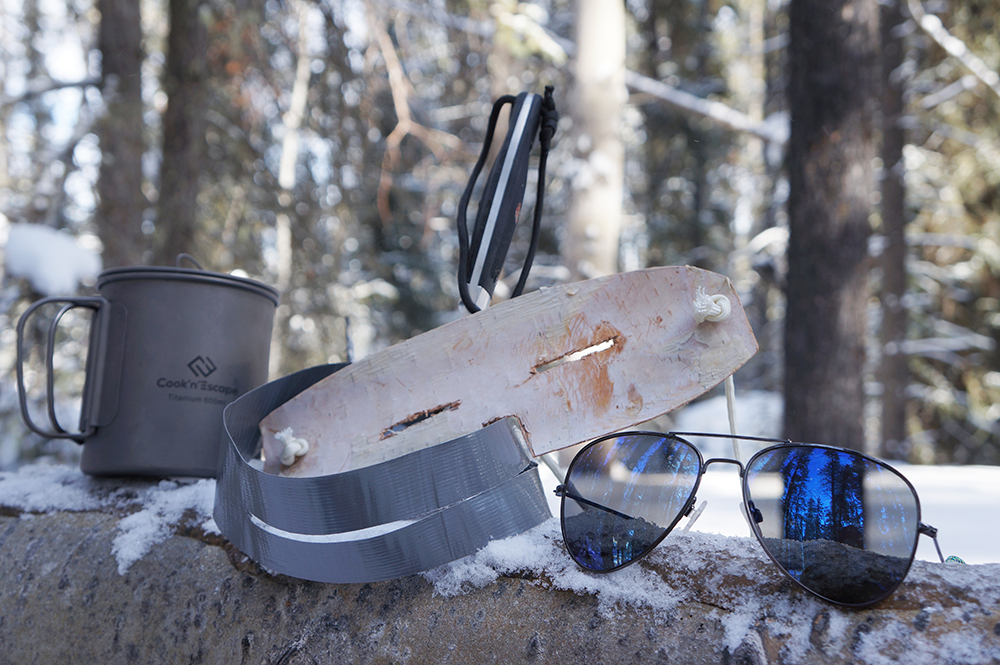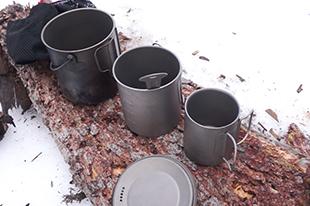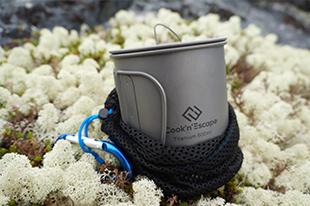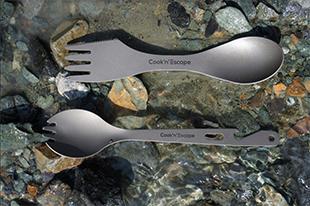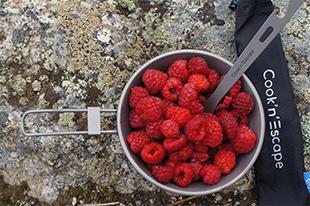No Sunglasses, No Problem!

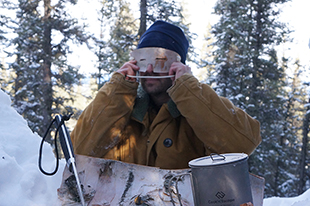
No sunglasses, no problem!
During a trip in the wilderness, you need to protect at all costs your hands and your eyes. If you get hurt and can’t use them, you are in trouble. Eyes are sensitive to ultraviolet rays and they can get sunburned, especially if you travel in mountains or if you are surrounded by snow or water. This effect is known as photokeratitis or snow blindness, and it can even be worse during overcast days, in diffuse light. The consequences are more or less severe: eye pain with burning sensation, sensitivity to light, blurry vision, headaches, etc. If that happens, eyes may need rest for one or two days. The best solution is still prevention. Of course, sunglasses are the best protection for your eyes, and hopefully they are good ones and block 100 percent of UV rays. Unfortunately, glasses can be lost or broken. So, how to protect eyes as much as possible if you can’t use sunglasses?
-Wear a wide-brimmed hat; try to angle it in a way that protects eyes better. If all fails, what about using a tuque you could lower in front of your eyes? Just cut slits in it so you can see enough to progress, yet be protected.
-Smear charcoal under your eyes, it may reduce the glare; but it likely won’t be enough.
-Make a mask with natural materials. It is the most permanent solution. Inuits were making such masks with various materials: bone, wood, antlers, etc. One of the very best materials to use is birch bark. It is light, yet sturdy and can easily be crafted. When cutting the slit for the eyes remember the goal is to limit the amount of light reaching eyes. Just use a cord to attach the mask around your head. As a bonus, birch bark glasses are quite good-looking, but well, might only be a subjective opinion here. Unfortunately, birch trees are often nowhere to be found when needed, so don’t count on them.
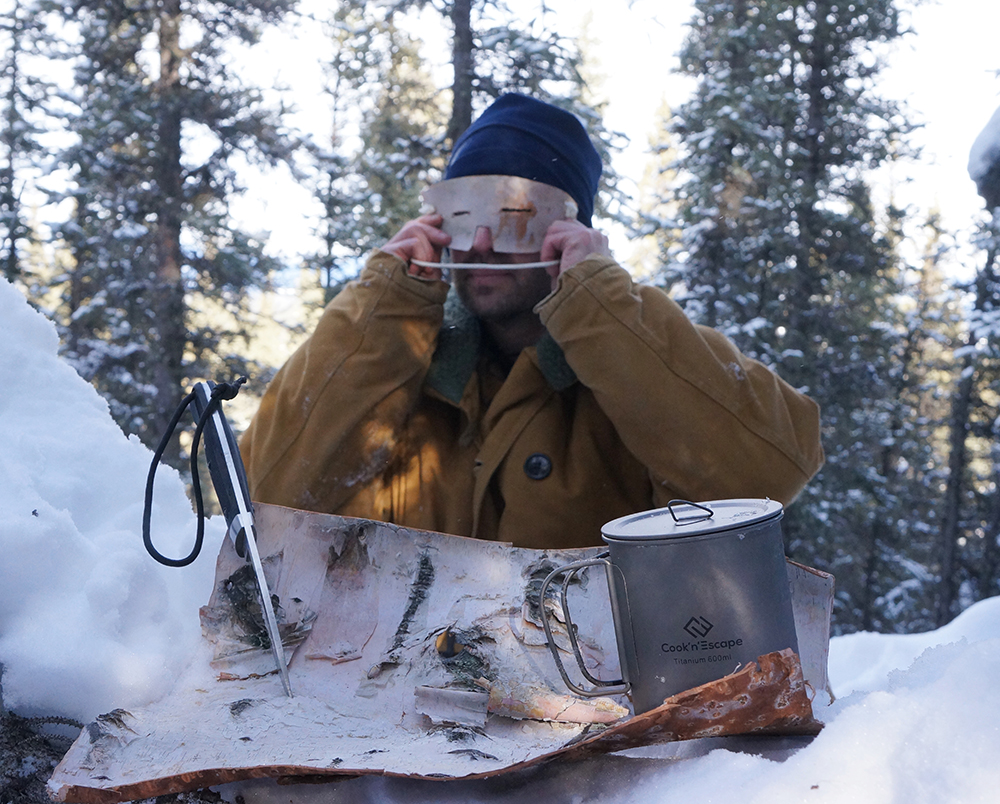
-Since you probably don’t carry cardboard during a stay in the wilderness, the most practical and realistic option is to use duck tape: a must-carry item in the outdoors. Sure, duck tape won’t improve your looks, but in a couple minutes you can cobble together a decent substitute for snow goggles. Just cut one strip long enough to circle around your head. Next, cut a long slit for your eyes, et voilà!
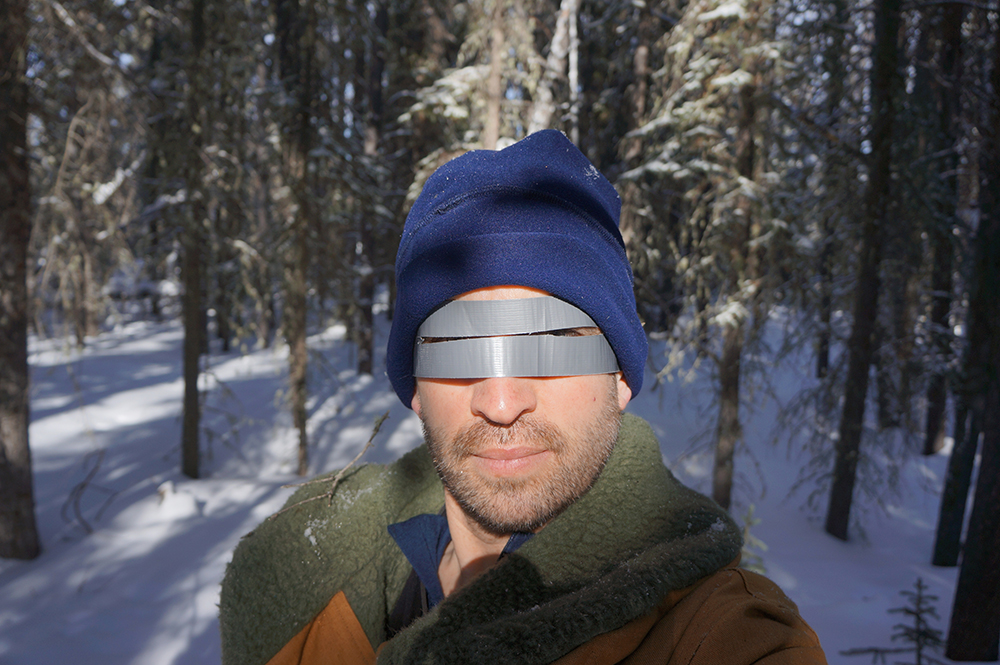
-One last note for pet lovers: be mindful your pet may also be victims of snow-blindness. Think about it if you venture into the wilderness with mules or dogs. Therefore, depending on the location of your trip, and the breed of dog (apparently huskies are better protected because of the black fur around their eyes), you may want to look for snow goggles for your furry best friend.
